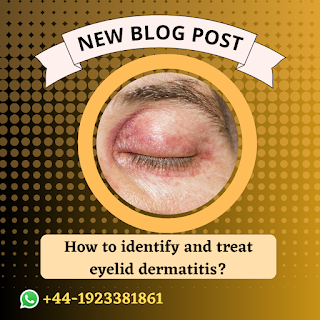Could Air Conditioning Be Causing Your Dry Eye?
.png)
Air conditioners may beget evaporative dry eyes by reducing moisture. The meibomian gland's capacity to cache canvases that help the gashes from sinking too snappily decreases as the temperature drops. The air conditioner is one of the main reasons for dry eyes . When summer comes around, it means relaxing on the sand, wearing your favourite brace of sunglasses, and enjoying the great outside. Still, summer also brings the need to cool down with the heat swells. While air exertion can help give comfort in those sweltering hot days, it may have some downsides you might not know about. Specifically, causing dry eyes. Moment, we ’re going to take a look at the world of air conditioners and determine if your dry eye symptoms are being caused by what’s keeping you cool. We're going to examine the world of air conditioners today to see if what keeps you cool is causing your dry eye symptoms. Humidity & Your Home: It's crucial to comprehend the connection between...




.png)
